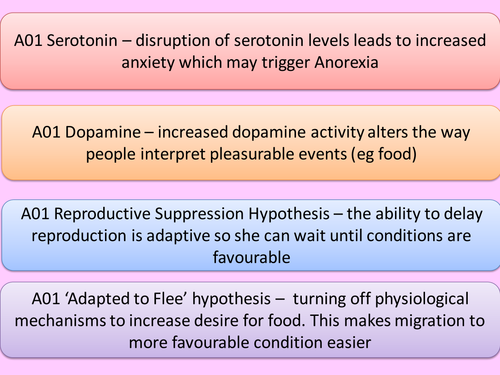Psychology A Level
I predominantly provide resources for A level psychology (AQA), and also for some BTEC Health & Social Care Level 3 units. My YouTube channel has videos for A level psychology: https://www.youtube.com/channel/UCz5zDmqyZg1mULhgXG96fow/videos









![Unofficial exam paper for A Level Psychology Research Methods, 3rd set [48 marks] �](https://dryuc24b85zbr.cloudfront.net/tes/resources/12108571/image?width=500&height=500&version=1556008800815)










![Unofficial exam paper for AS Level Psychology Research Methods, 8th set [24 marks]](https://dryuc24b85zbr.cloudfront.net/tes/resources/12101210/image?width=500&height=500&version=1554726492315)
![Unofficial exam paper for AS Level Psychology Research Methods, 3rd set [24 marks]](https://dryuc24b85zbr.cloudfront.net/tes/resources/12098743/image?width=500&height=500&version=1554723248009)